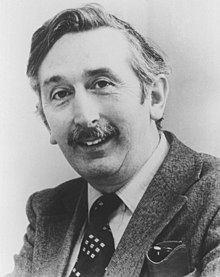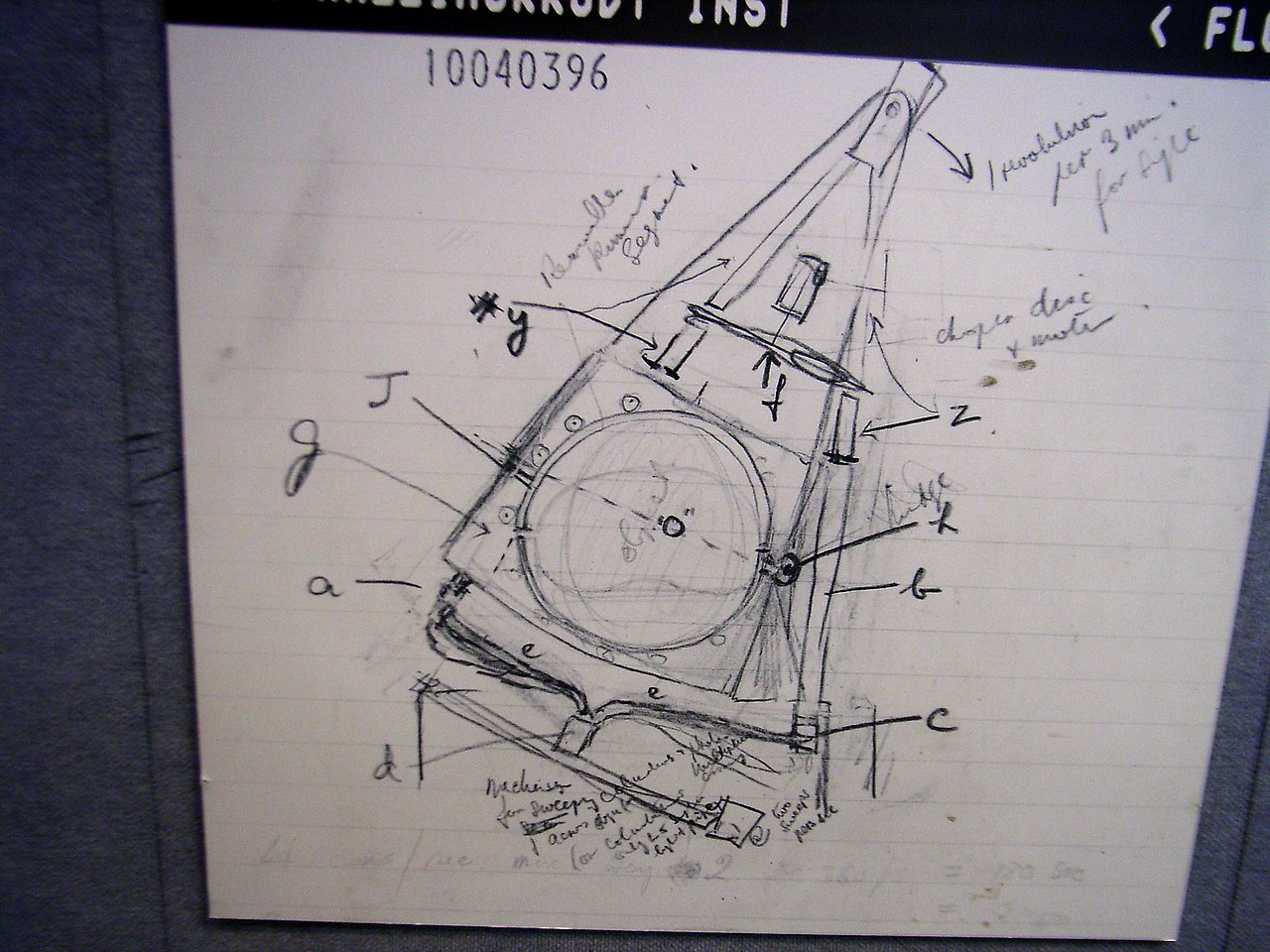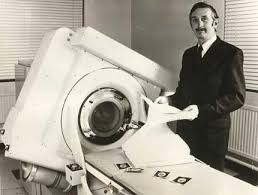
(August 1919-August 2004)
In work that began in the 1960’s, Sir Godfrey built a machine that used X-rays to make three-dimensional images of the body’s interior, allowing doctors a new and cross-sectional view of organs, bones and other tissues. In the 1970’s, CAT-scan technology spread rapidly to hospitals.
While on an outing in the country, Hounsfield came up with the idea that one could determine what was inside a box by taking X-ray readings at all angles around the object. He then set to work constructing a computer that could take input from X-rays at various angles to create an image of the object in “slices”. Applying this idea to the medical field led him to propose what is now known as computed tomography. At the time, Hounsfield was not aware of the work that Cormack had done on the theoretical mathematics for such a device. Hounsfield built a prototype head scanner and tested it first on a preserved human brain, then on a fresh cow brain from a butcher’s shop, and later on himself. On 1 October 1971 Sir Godfrey was recognized with the Nobel Prize in Physiology or Medicine in 1979. He shared the award with Allan M. Cormack, a South African scientist who worked independently on the concept. Dr. Cormack died in 1998.

”The CAT scanner revolutionized medical care in the United States and throughout the world,” said Dr. James A. Brink, interim chairman of diagnostic radiology at the Yale University School of Medicine.
Without a university degree, Sir Godfrey began his research career at Electrical and Musical Instrument Ltd. in 1951.
After early work on radar and guided weapons systems, he became interested in computers and led a team that built the first all-transistor computer in Britain. In the 1960’s, Sir Godfrey applied that knowledge in the development of the scanner, which relied on powerful computers to assemble its images.
The prototype CAT scanner was designed only to examine the head. Today’s machines can scan the entire body while a patient lies on a moving table, with an X-ray tube and multiple detectors spiraling around the body. The Nobel Committee’s presentation speech said that before the CAT scanner, ”ordinary X-ray examinations of the head had shown the skull bones, but the brain had remained a gray, undifferentiated fog.”

Sir Godfrey was elected a fellow of the Royal Society in 1975, and was knighted in 1981. His name is used to describe the brightness of images that appear on the CAT scanner. The images are measured in Hounsfield units.
Further reading about MicroCT

